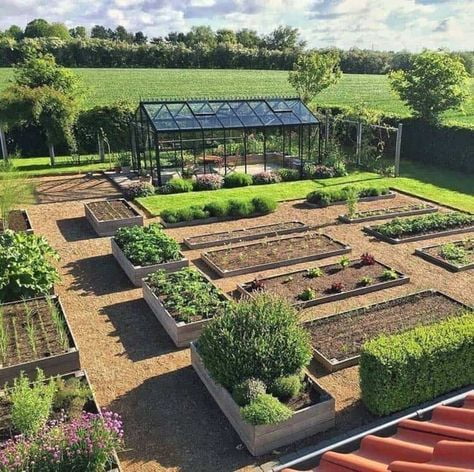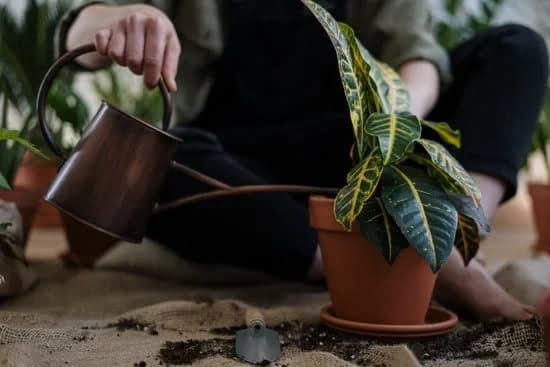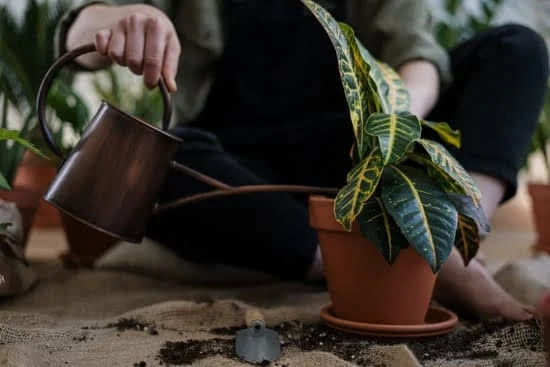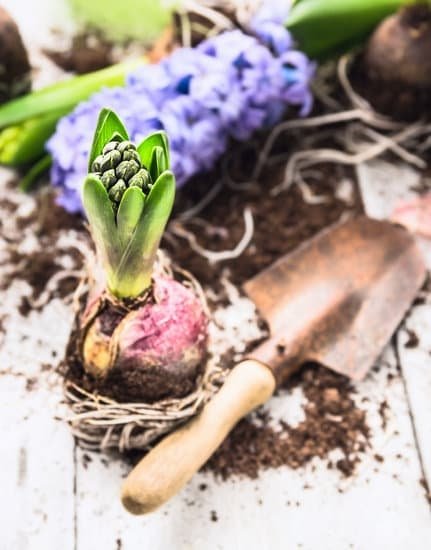Greenhouse Gardening Tips Tricks
and Techniques
Greenhouses are a great way to extend your gardening season, and to grow plants that wouldn’t normally thrive in your climate. Here are some tips on how to get the most out of your greenhouse gardening experience:
1. Choose the right plants. Not all plants thrive in a greenhouse environment. Choose plants that are suited to your climate and that will grow well in the conditions that you can provide in your greenhouse.
2. Use proper soil. Good soil is essential for healthy plants. Make sure to use a soil mix that is specifically designed for greenhouse gardening.
3. Control the temperature. It’s important to keep the temperature in your greenhouse within the optimal range for your plants. Use a greenhouse heater or cooling system to maintain the correct temperature.
4. Control the light. Greenhouses need plenty of light, but not all plants need direct sunlight. Use shade cloth to control the amount of light that reaches your plants.
5. Provide proper ventilation. Greenhouses can get very hot, especially in the summer. Make sure to provide adequate ventilation to keep the temperature down and to prevent the buildup of harmful fumes and gases.
6. Use proper watering techniques. Greenhouses can be very dry, so it’s important to water your plants properly. Make sure to use a watering system that provides even watering and doesn’t wet the leaves and flowers.
7. Fertilize regularly. Greenhouses can be fertile environments, so it’s important to fertilize your plants regularly. Use a balanced fertilizer that is specifically designed for greenhouse gardening.
8. Control pests and diseases. Greenhouses can be a breeding ground for pests and diseases. Make sure to use proper pest and disease control methods to keep your plants healthy.
9. Harvest regularly. Don’t let your plants get too big or they will be difficult to harvest. Harvest your plants regularly to get the most out of your greenhouse gardening experience.
Tips And Tricks For Vegetable Gardening
There is no doubt that vegetable gardening is a rewarding activity. Not only does it provide you with fresh, organic produce, but it is also a great way to get some exercise and spend time outdoors. If you are new to vegetable gardening, or if you would like to improve your gardening skills, read on for some tips and tricks.
1. Planning is key. Before you start planting your vegetables, take the time to plan out your garden. Decide what vegetables you want to grow and where you will plant them. This will help you to make the most of your space and ensure that your plants get the right amount of sun and water.
2. Choose the right vegetables. Not all vegetables are created equal. Some vegetables are better suited for small gardens, while others require more space. Be sure to choose vegetables that will grow well in your climate and soil type.
3. Use the right soil. It is important to use the right soil when planting vegetables. Soil that is rich in organic matter will provide your plants with the nutrients they need to grow healthy and strong.
4. Water your plants regularly. Vegetables need a lot of water to grow properly. Be sure to water your plants regularly, especially during hot weather.
5. Mulch your plants. Mulching your plants will help to keep the soil moist and cool, and will also help to prevent weeds from growing.
6. Fertilize your plants. Vegetables need nutrients to grow properly. Be sure to fertilize your plants regularly with a high-quality fertilizer.
7. Use organic methods. If you want to grow organic vegetables, be sure to use organic methods of pest control. There are many natural methods of pest control that are safe and effective.
8. Harvest your vegetables regularly. Vegetables should be harvested regularly so that they do not go to waste. Harvesting your vegetables regularly will also help to keep your plants healthy and productive.
9. Experiment. Vegetable gardening is a great way to experiment with different types of vegetables. Try out different varieties and see which ones grow best in your garden.
10. Have fun! Vegetable gardening is a fun and rewarding activity. Take the time to enjoy your garden and savor the fruits (or vegetables) of your labor.
Gardening Australia Tips And Tricks
Gardening Australia is one of the most popular shows on Australian television. The show provides tips and tricks on how to garden, and also showcases different gardens around the country.
If you’re interested in gardening, or just want to learn more about it, here are some tips and tricks from Gardening Australia.
1. Start with a plan
Before you start gardening, it’s important to have a plan. This will help you to figure out what you want to achieve, and what plants and materials you need.
2. Choose the right plants
Not all plants are suited to every climate, so it’s important to choose the right plants for your area. You also need to consider the size of the plant, and how much sunlight and water it needs.
3. Use the right tools
Gardening can be a lot easier if you use the right tools. This includes tools for weeding, planting, and watering.
4. Keep your garden healthy
A healthy garden is a beautiful garden. To keep your garden healthy, you need to fertilize it, water it, and weed it.
5. Enjoy your garden
The best part of gardening is enjoying your garden. Sit back and relax while you admire your handiwork.
Gardening Tips And Tricks Vegetables
are one of the most important parts of a healthy diet, but they can be expensive and time-consuming to prepare. One way to make sure you’re getting your daily dose of vegetables is to grow them yourself. Here are a few tips to help you get started:
– Start by choosing a sunny spot in your yard or garden.
– Buy some quality soil and compost, and prepare the soil by tilling it or turning it over with a shovel.
– Sow your seeds according to the instructions on the packet, and be sure to water them regularly.
– Once your vegetables start to grow, be sure to harvest them regularly to encourage further growth.
– Store your vegetables in the fridge or freezer to keep them fresh.
Gardening can be a fun and rewarding way to get your daily dose of vegetables. It can also be a great way to save money on groceries. By following these simple tips, you can be on your way to becoming a successful gardener.
Tomato Gardening Tips Tricks
and Techniques
When it comes to gardening, tomatoes are one of the most popular plants grown. Below are some tips, tricks and techniques to help you have a successful tomato garden.
Location, Location, Location
One of the most important factors in growing tomatoes is the location of your garden. Tomatoes need plenty of sunlight, so make sure you plant them in a spot that gets at least 6-8 hours of direct sunlight each day.
Soil Preparation
To grow healthy tomatoes, you need to start with rich, fertile soil. Add compost or organic matter to your soil to improve its quality. If your soil is heavy or clay-like, add some sand or peat moss to lighten it up.
Watering
Tomatoes need plenty of water to produce healthy fruit. It’s important to water your plants regularly, especially during hot, dry weather. You can tell if your plants need water if the soil feels dry to the touch.
Fertilizing
Tomatoes need plenty of nutrients to grow and produce fruit. Apply a balanced fertilizer (10-10-10) to your plants twice a month. You can also add compost to your soil to provide extra nutrients.
Pruning
Pruning is an important part of tomato gardening. It helps improve air circulation, light penetration and fruit production. Prune your plants by removing any suckers or branches that grow in the center of the plant. You can also prune the side branches to create a more open, v-shaped plant.
Tomato Varieties
There are many different tomato varieties to choose from, each with their own unique characteristics. Some of the most popular varieties include:
• Beefsteak tomatoes – large, round tomatoes with a meaty texture
• Cherry tomatoes – small, bite-sized tomatoes with a sweet flavor
• Heirloom tomatoes – unusual and exotic-looking tomatoes with a rich, earthy flavor
If you’re not sure which variety to choose, ask your local garden center for advice.
Container Gardening
If you don’t have room to grow tomatoes in your garden, you can grow them in containers instead. Just make sure the container is at least 12 inches deep and has plenty of drainage holes.
Tomato Diseases
Tomatoes are susceptible to a number of diseases, including:
• Blight – a fungal disease that causes leaves to turn black and tomatoes to rot
• Gray mold – a fungus that causes fruit to turn gray and rot
• Early blight – a fungal disease that causes leaves to turn yellow and blight to form on fruit
To help prevent these diseases, make sure you practice good garden hygiene and remove any diseased plants immediately.
Tomato Insects
Tomatoes are also susceptible to a variety of insect pests, including:
• Aphids – small, sap-sucking insects that can damage leaves and fruit
• Whiteflies – small, flying insects that suck sap from leaves
• Spider mites – tiny, spider-like pests that feed on the leaves of plants
To help control these pests, use a garden insecticide or organic pest control methods like beneficial nematodes or insecticidal soap.
Tomatoes are a delicious and nutritious addition to any garden. With a little bit of care and attention, you can have a successful tomato garden of your own.

Welcome to my gardening blog! I am passionate about plants and enjoy sharing my knowledge and experiences with others. In this blog, I will write about everything related to gardening, from tips on how to get started to updates on my own garden projects.





